Can desert cities such as Tucson and Phoenix make water sources sustainable?
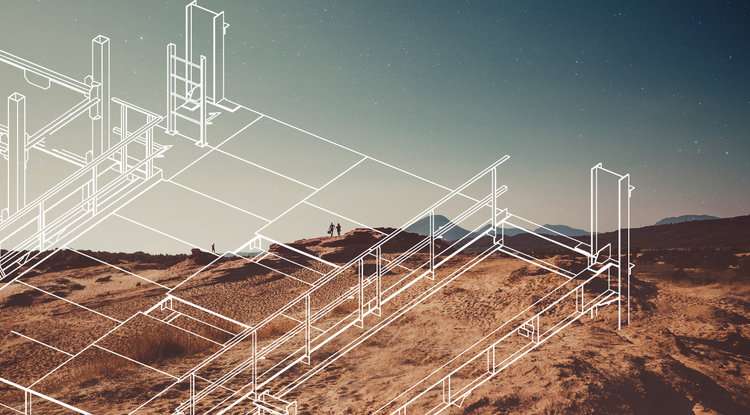
Can a place where water is hard to come by and heat is hard to escape sustain a growing population?
Some say it can't, insisting that cities have no place in the desert. Given carefully considered and collaboratively conceived water management, urban planning and architecture, University of Arizona experts Sharon Megdal, Ladd Keith and Christopher Domin say otherwise.
Unlike the future of desert dwelling, the challenges of it are uncomplicated and uncontroversial. They are, chiefly, water scarcity and heat.
Humans aren't intrinsically well-prepared to handle either one, and yet civilizations have made homes of inhospitable deserts for centuries. In southern Arizona, long before celebrated architect Judith Chafee built her famed 1975 Ramada House and taught at the UA, the Hohokam inhabited the landscape, drawing from the Salt and Gila rivers to sustain themselves.
But the new, unmissable challenge for central and southern Arizona—home to 531,000 people in Tucson and 1.62 million in Phoenix—is that the state's population growth ranked fifth highest in the U.S. last year. The number of Arizonans in need of water and respite from scorching heat is large and growing.
It's a challenge that calls for optimism and ingenuity.
On the occasion of Earth Day (April 22), Megdal explains how Arizona's desert cities are finding ways to conserve and reuse their scant water supply, Keith shows how newly developed heat maps are enabling prudent planning decisions, and Domin talks about strategic, sustainable architecture.
From the Ground Up: Arizona's Water Systems
Ingenuity and optimism come easily to Sharon Megdal, an expert in water management. She is the director of the UA's Water Resources Research Center, or WRRC, and an endowed professor of soil, water and environmental science.
"Arizona is moving in the direction of making better use of the water resources we have," she says. "Because when you have a growing population in the desert and you want a vibrant economy and more growth, you have to be smart about water use."
To understand Arizona's water future, Megdal says we first must understand its past.
In 1902, President Theodore Roosevelt established the U.S. Bureau of Reclamation. Its first major water project was creating today's Salt River Project, including the construction of a series of dams that would draw water from the Salt and Verde River watersheds and deliver it to Phoenix. The most visible and costly of these was Roosevelt Dam in Globe, completed in 1911.
"The idea was to harness water from the watershed and bring it down to this fertile area for farming," Megdal says.
Unlike Yuma, situated right along the Colorado River, Phoenix—which was just becoming an agricultural hub in the early 1900s—needed a water system built from the ground up.
Thanks to the advent and popularization of air conditioning and large-scale wells to pump groundwater, the desert had become a much more livable place by the 1950s. And with troops coming home from World War II and looking to settle down with their families, Americans moved to Arizona in droves.
As the state's population grew, landowners began to pump fossil water from underground with nearly no regulation. In fact, Tucson had become the nation's largest metropolitan area dependent solely on groundwater.
Arizona was depleting its aquifers at an alarming rate.
In 1968, President Lyndon B. Johnson approved construction of a 336-mile canal to carry Colorado River water to the central and southern parts of the state. It would be called the Central Arizona Project, or CAP.
When the federal government insisted that Arizona address overuse of its fossil water before providing funding for the new canal, the Groundwater Management Act of 1980 was born. The act designated Phoenix, Tucson, Pinal County and Prescott as "Active Management Areas," mandating conservation by agricultural, industrial and municipal users in these areas. The new law helped rein in overuse of groundwater across the state.
Thirteen years and $4 billion later, the CAP was complete; today, it delivers just over 20 percent of the state's water.
Responsibility and Resilience
Creating infrastructure and policy that support sustainable water use in the desert takes time, money and expertise. And, as history illustrates, it comes with a steep learning curve.
According to Megdal, while there is always room from improvement, both Tucson and Phoenix are rising to the challenge now more than ever. In both cities, per-capita use of water is decreasing. In Tucson, the total use of water is the same today as it was 30 years ago, when the city's population was closer to 420,000.
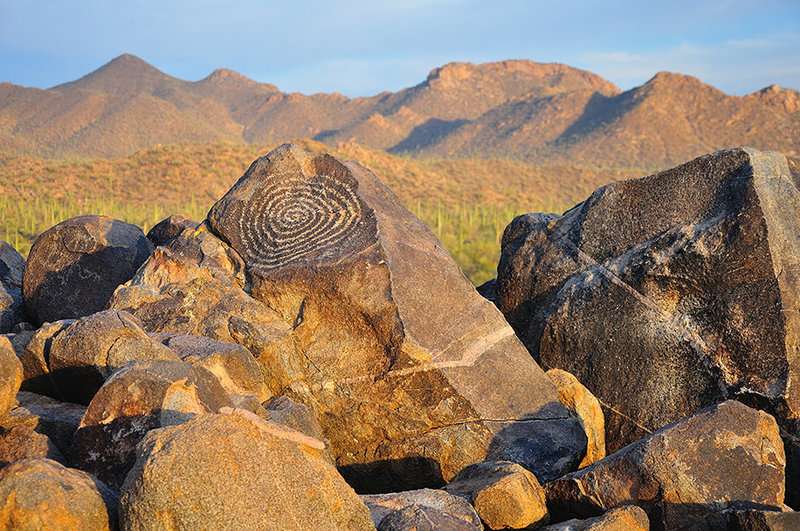
"We're becoming more efficient in our water use," Megdal says.
One of the reasons for this, she says, is water recycling and reuse. Pima County has a wastewater treatment plant capable of treating water so that it meets standards not only of irrigation, but human use. The state also makes smart use of its aquifers via recharge and recovery.
"Tucson has long been known for its ethic of water conservation," Megdal says. "With increased dialogue among architects, water planners and land-use planners, Tucson will continue to stack up very well against other desert cities in the Southwest."
Mapping Heat in the Urban Desert
Ladd Keith, an expert in urban planning, agrees. Keith is a planning lecturer and chair of the Sustainable Built Environments program at the UA's College of Architecture, Planning and Landscape Architecture.
Apart from water scarcity, Keith says, desert cities such as Tucson have to reckon with something called the urban heat island effect. Concrete, asphalt and buildings retain heat, and at night they give off the heat they stored during the day to the surrounding air, keeping temperatures high even overnight.
Keith leads a research project to figure out how four cities in the Southwest—Phoenix, Tucson, Albuquerque and Las Cruces—are using temperature data, visualized with red (hot) and green (cooler) color-coded heat maps to inform planning and policy-making decisions.
The two-year project began in fall 2017, and Keith says the team—which also includes UA Institute of the Environment assistant research scientist Ben McMahan and landscape architecture graduate student Tess Wagner—already has some useful findings.
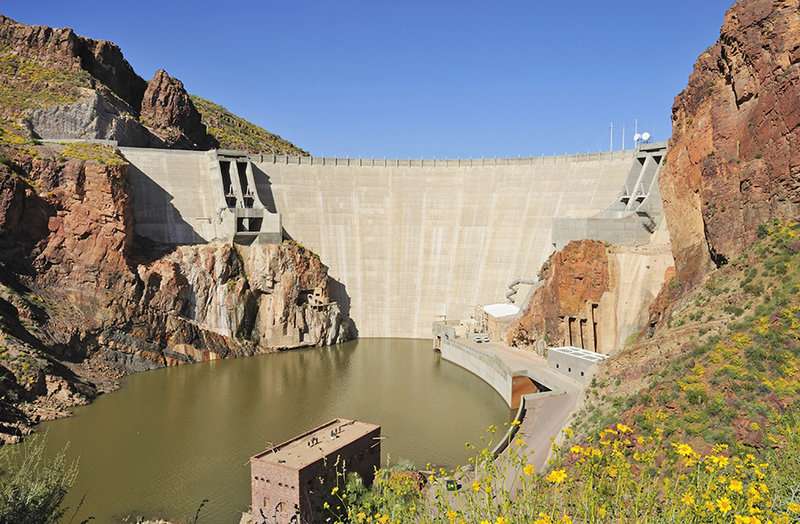
For one thing, he says, in 2008, Tucson became the first of the four cities to create its heat map, which is managed by the Pima Association of Governments and available online. Both Albuquerque and Las Cruces created maps in late 2017. While Phoenix has made maps for several initiatives, it is the only one of the four cities that does not have a citywide map publicly available.
"Some may find it surprising, but Tucson is really a leader in its use of the heat map and has been transparent from early on," Keith says.
Through research, Keith and his team have found that Tucsonans are actively using the heat map to make decisions.
When Tucson Mayor Jonathan Rothschild launched his 10,000 Trees initiative, his office consulted the heat map to decide where to plant. Areas facing a more severe heat island effect would have more trees to counteract the higher temperatures. Tucson has used the map to evaluate rezoning permits for proposed developments and determine landscaping requirements. The Conserve2Enhance program, created by Megdal's team at the WRRC, doesn't award grants to local environmental enhancement projects before first consulting—you guessed it—the heat map.
"Not that we don't have more work to do, but Tucson is setting an example for where a lot of other cities would like to go," Keith says.
Under the umbrella of "more work to do" is that Tucson's heat map is based only on one thermal satellite image and is not ground verified, meaning it's hard to say how it compares to average climate conditions.
Pockets of Respite
If desert cities are to be truly sustainable oases, it's not going to be by "blanketing the whole city and making it cooler all at once," Keith says. To do so would be impossible.
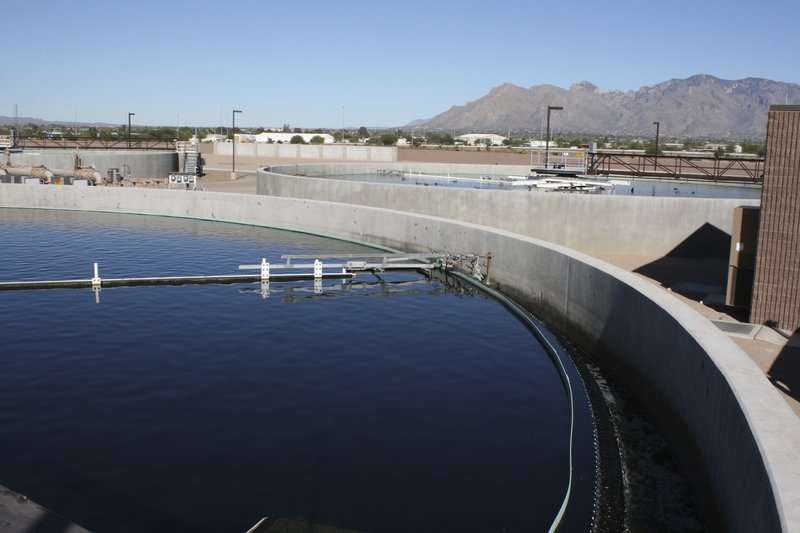
"It's going to be about creating comfortable microclimates at buildings and sites where people work and play and go to school, and then making sure that we have cool corridor connections so that people can comfortably walk to where they're going," he says.
That's where targeted use of a heat map and thoughtfully designed architecture come in handy.
Designing for the Desert
Heat mapping can tell you where you need to create more coolness and comfort, but it can't tell you how. Keith's colleague, Christopher Domin, can. Domin is an associate professor of architecture at the UA and the author of a forthcoming book about the life and work of Judith Chafee. He specializes in regional technology.
"As an architect and an educator, I'm thrilled by the lesson the desert provides," Domin says. "If you look at how plants and animals survive in this climate, they can teach humans quite a bit about how to adapt to this ecosystem and transfer those ideas into built environments."
Can an office building, restaurant, school or home not only survive the harshness of the desert, but be sustainable and comfortable for those who inhabit it? Says Domin: Yes, with the right design strategy.
Throughout time, the right design has taken many forms.
Domin points out that, because wood always has been scarce in the desert, people historically have built using earth. The two primary techniques are rammed earth construction—layering mixtures of silt, gravel and a bit of clay—and adobe block construction, in which bricks are made of clay and straw.
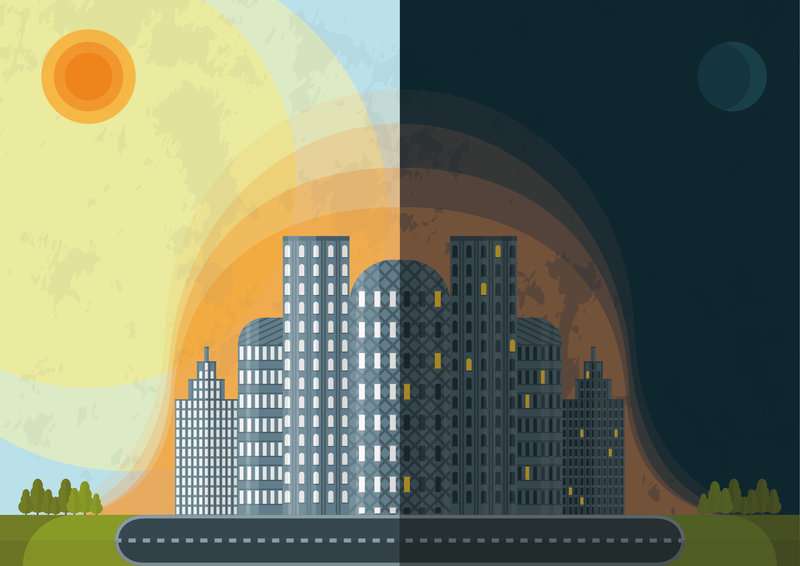
"Those materials along with traditional building elements can help us live graciously in this climate," Domin says. "Aside from being abundantly available, these materials allow inhabitants to leverage our high diurnal temperature shift to cool spaces during the day and warm them at night."
Domin notes that while earth-based construction became much less common in the age of air conditioning, these traditional materials are making a comeback as desert cities reimagine and retool themselves for a future where sustainability is a means for survival.
In 2012, Tucson added amendments to its residential code, deeming uninsulated adobe and rammed earth walls in compliance.
In the 1920s and '30s, people living in Tucson and Phoenix built sleeping porches to stay cool through the night. In the evening, they would migrate to these sleeping porches and hang sheets soaked in water along the sides of the porch.
"This allowed evaporative cooling before the advent of air conditioning," Domin says. "People found ways to live in homes that met the needs of the desert climate."
Even UA dormitories such as Maricopa Hall had built-in sleeping porches at one time.
Advances in air conditioning, along with concrete and other new building materials, allowed desert dwellers to be less deliberate about their habits and routines. Domin says that as we try to return to a more gracious kind of existence, even as the population grows, good design will be considerate of the heat island effect.
It's a kind of calculus, he says: "Create more shade and remove concrete."
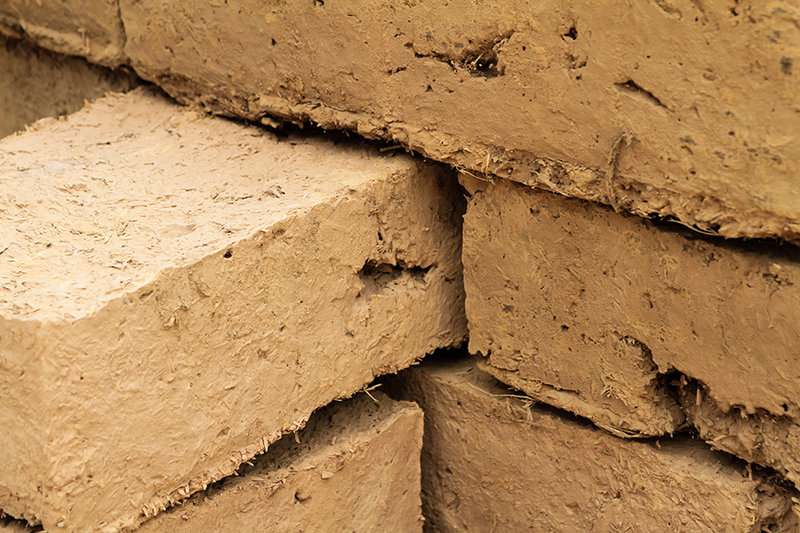
Tucson architecture often features distinctly large overhangs (example: Old Main) for the purpose of creating shade, but Domin says well-placed landscaping can create shade, too. Tucson has desert landscaping ordinances for both public and residential projects. The ordinances ensure responsible practices such as efficient irrigation, water harvesting and preservation of native plants.
While architects in the Southwest still rely heavily on materials such as concrete block, Domin talks about options: "Quite often architects design with tough materials to meet the toughness of the Sonoran Desert."
Zinc, he says, is one such example. Zinc roofing and wall cladding is durable, long-lasting and has non-toxic runoff, meaning its effect on the landscape and aquifers is benign.
Architects also can design spaces that keep people cool by considering ventilation and solar angles. A narrower building (say, one room deep) will encourage a breeze to flow throughout, rather than being cut off by interior corridors. Also, placing buildings along the east-west axis, with the longest side of the building facing south, and minimizing western-facing windows, keeps more heat out.
Easy? No. Achievable? Yes.
What Megdal, Keith and Domin make clear is that desert dwelling requires a will to make it work and an ethos to do so without depleting the environment. It's a precarious balance, one that researchers are increasingly aware of—and Arizonans are increasingly attempting to make good on.
Is it easy? All three say no. But is desert dwelling rewarding and achievable in a sustainable way? Yes, so long as growing populations stay innovative, adaptive and willing to conserve.
The desert is a unique landscape that comes with unique challenges. But for those who continue to move here, it's worth it. "The desert is a welcoming, beautiful place to live, isn't it?" Megdal says, smiling.
Her question, of course, is rhetorical.
Provided by University of Arizona

















